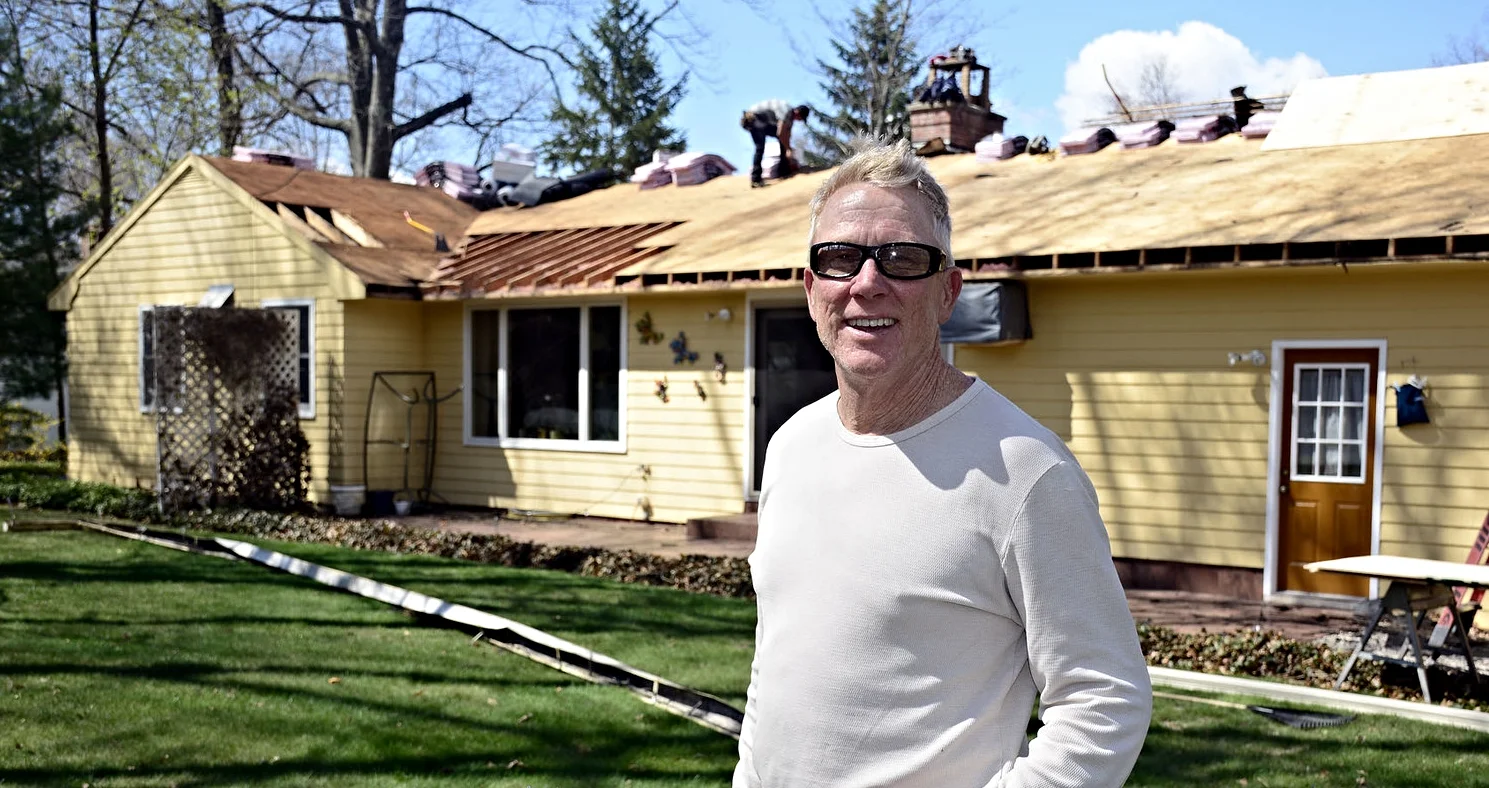A Fall Maintenance To Do List
Chelsea O'Donnell
As the days get shorter and outdoor projects become harder to tackle, now’s the perfect time to take care of a few key tasks before the colder weather sets in. Here are my top five tips to prepare your home for fall and winter.
1. Clear Those Gutters Falling leaves are just around the corner, and they’ll quickly clog your gutters and downspouts. If you've been thinking about installing gutter guards, now’s the time! These will prevent debris buildup and spare you the hassle of frequent clean-outs. Clean, functional gutters are essential to channel water away from your home and avoid potential damage.
2. Check Your Doors Stiff, hard-to-open doors are a sign that cooler temperatures are already having an effect. As the weather shifts and wood contracts, gaps can form, allowing cold air to seep inside. Make sure your door sweep is in top shape, and consider adding weather stripping to seal any cracks between the door and its frame.
3. Assess Your Insulation Many homes I visit are under-insulated, which creates discomfort in both winter and summer. Adequate insulation helps maintain a steady temperature throughout the house. If your second floor is consistently warmer than the first, it’s a good indication that your home could benefit from more insulation.
4. Inspect Your Roof Now is an ideal time to check your roof for any damaged shingles or issues around the chimney flashing. Snow lingers on roofs far longer than rain, making it easier for leaks to develop during the winter. Addressing small roof problems now can prevent larger, more expensive repairs later.
5. Evaluate Your Windows Using a thermal camera, I often find homes losing a lot of heat through old wood sash or aluminum windows. Replacing them with energy-efficient vinyl windows can make a noticeable difference. And the added bonus? Many vinyl windows come with tilt-in sashes for effortless cleaning, which we love at my house.
6. Get Your Hot Water Heater Tuned It’s not an outside project but if your hot water heater isn’t working when you need it, it’s going to make life very uncomfortable. Make an appointment now to have your systems flushed and inspected before the season gets too busy, or DIY it if you’re comfortable doing the work. Either way, don’t wait until it’s too late.
Owning a home means regular upkeep, but it’s an investment that pays off in comfort and energy savings. By taking a few simple steps now, you can enjoy a cozier home this winter—and keep those utility bills in check.
Bob O’Donnell is the owner of O’Donnell Bros. Inc., a Bristol-based home improvement company founded in 1975. Have questions? Email info@odonnellbros.com with “Ask the Pro” in the subject line. All inquiries may be considered for publication. To contact Bob for your remodeling needs, call O’Donnell Bros. Inc. at (860) 589-5155 or visit http://www.odonnellbros.com. Advice is for guidance only.
